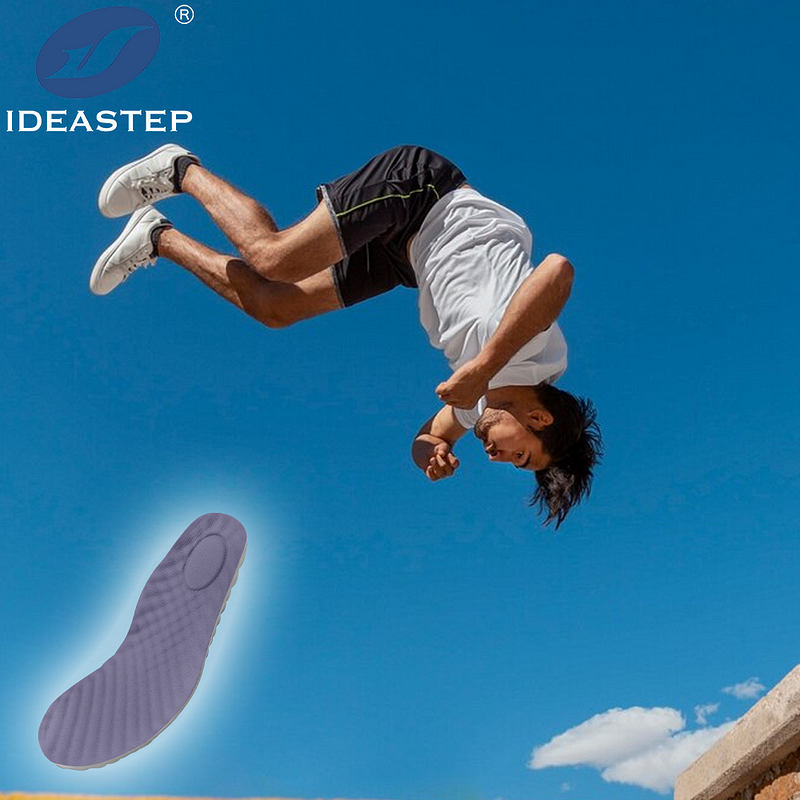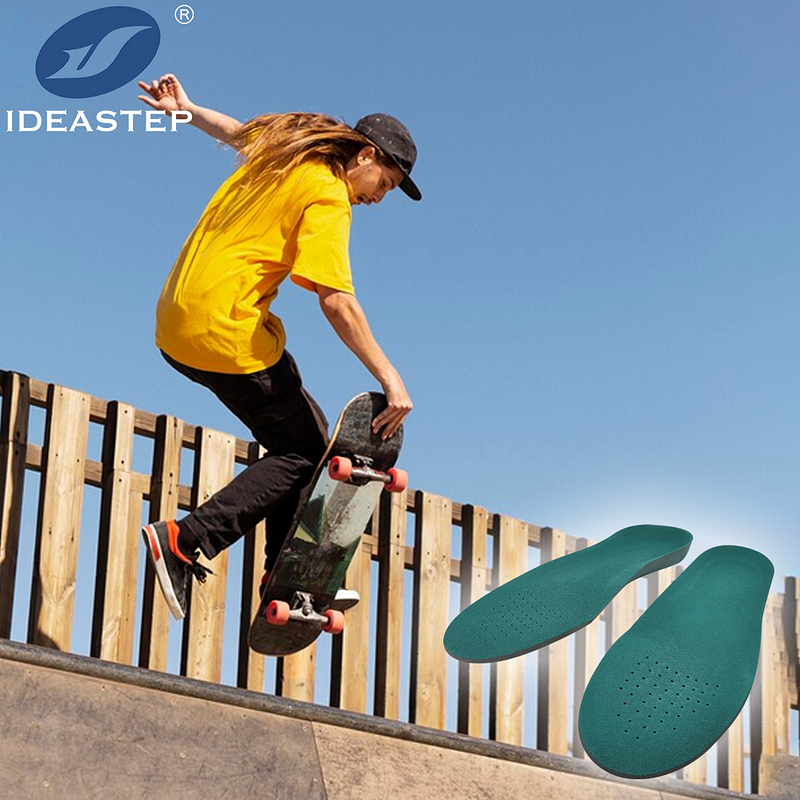Summary: Insoles vs. Orthotics
Insoles and orthotics play vital roles in footwear, but they address different foot concerns.
Insoles:
* Pre-made and readily available.
* Focus on general cushioning and support.
* Provide comfort and shock absorption.
Orthotics:
* Custom-made and prescribed by healthcare professionals.
* Designed to address specific foot disorders.
* Correct alignment issues, alleviate pain, and restore function.
The key difference lies in their intended use. Insoles are for general support, while orthotics are for addressing underlying foot problems.
Insoles vs. Orthotics: Understanding the Key Difference
Within the realm of footwear, insoles and orthotics play pivotal roles in enhancing comfort and support. While both contribute to foot health, they address different concerns and serve distinct purposes.

1. Definition and Function:
Insoles that are separate from your shoe, often referred to as inserts, are designed to replace the standard insoles that come with shoes. Their primary function is to add additional cushioning and support to the footwear.
2. Addressing Foot Issues:
Orthotics, on the other hand, are custom-made devices prescribed by healthcare professionals to address specific foot disorders. They are tailored to correct alignment issues, alleviate pain, and support foot functions.
3. Key Difference:
The fundamental difference between an insole and an orthotic lies in their intended use. Insoles focus on general cushioning and support, while orthotics are designed to address underlying foot problems.

4. Materials and Composition:
Insoles are typically made from materials like foam, gel, or cork, providing comfort and shock absorption. Orthotics are crafted from more rigid materials like plastic or composite materials to provide structural support and guidance.
5. Customization and Prescription:
Orthotics require a professional evaluation and prescription from a healthcare provider. This ensures that they are custom-made to address the specific needs of your feet. Insoles are readily available over-the-counter and do not require a medical prescription.
6. Benefits:
Insoles can alleviate foot discomfort, improve posture, and add extra cushioning. Orthotics, in addition to these benefits, can correct foot deformities, prevent pain, and restore functional mobility.

7. Conclusion:
While both insoles and orthotics can enhance foot health, they serve different purposes. Insoles provide general support and cushioning, while orthotics are customized medical devices designed to address specific foot disorders. Understanding the key difference between these two footwear components is crucial for maintaining optimal foot health and addressing any underlying issues.
FAQ
Q: When should I use insoles?
A: Insoles are ideal for adding extra cushioning and support to shoes, addressing general foot discomfort, and improving posture.
Q: When do I need orthotics?
A: Orthotics are necessary when there is a specific foot disorder such as arch collapse, heel spurs, or plantar fasciitis.
Q: What materials are typically used for insoles?
A: Insoles are usually made from materials like foam, gel, or cork.
Q: What materials are used for orthotics?
A: Orthotics are often made from rigid materials like plastic or composite materials for structural support.
Q: Do I need a prescription for orthotics?
A: Yes, orthotics require a professional evaluation and prescription from a healthcare provider.
Q: What are the main benefits of wearing insoles?
A: Insoles can provide additional cushioning, support, and alleviate foot discomfort.
Q: What are the main benefits of wearing orthotics?
A: Orthotics can correct foot deformities, prevent pain, restore functional mobility, and provide targeted support for specific foot disorders.
